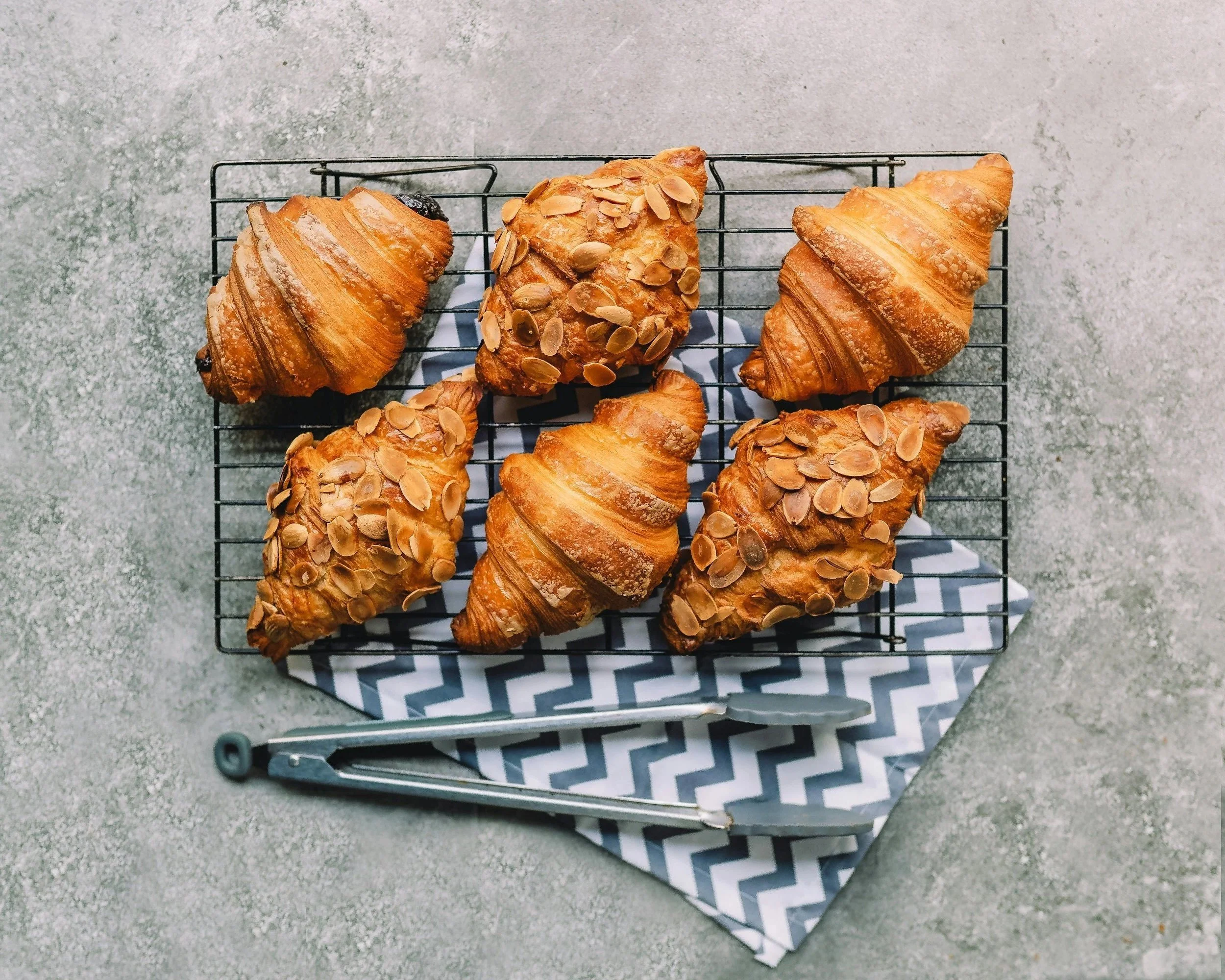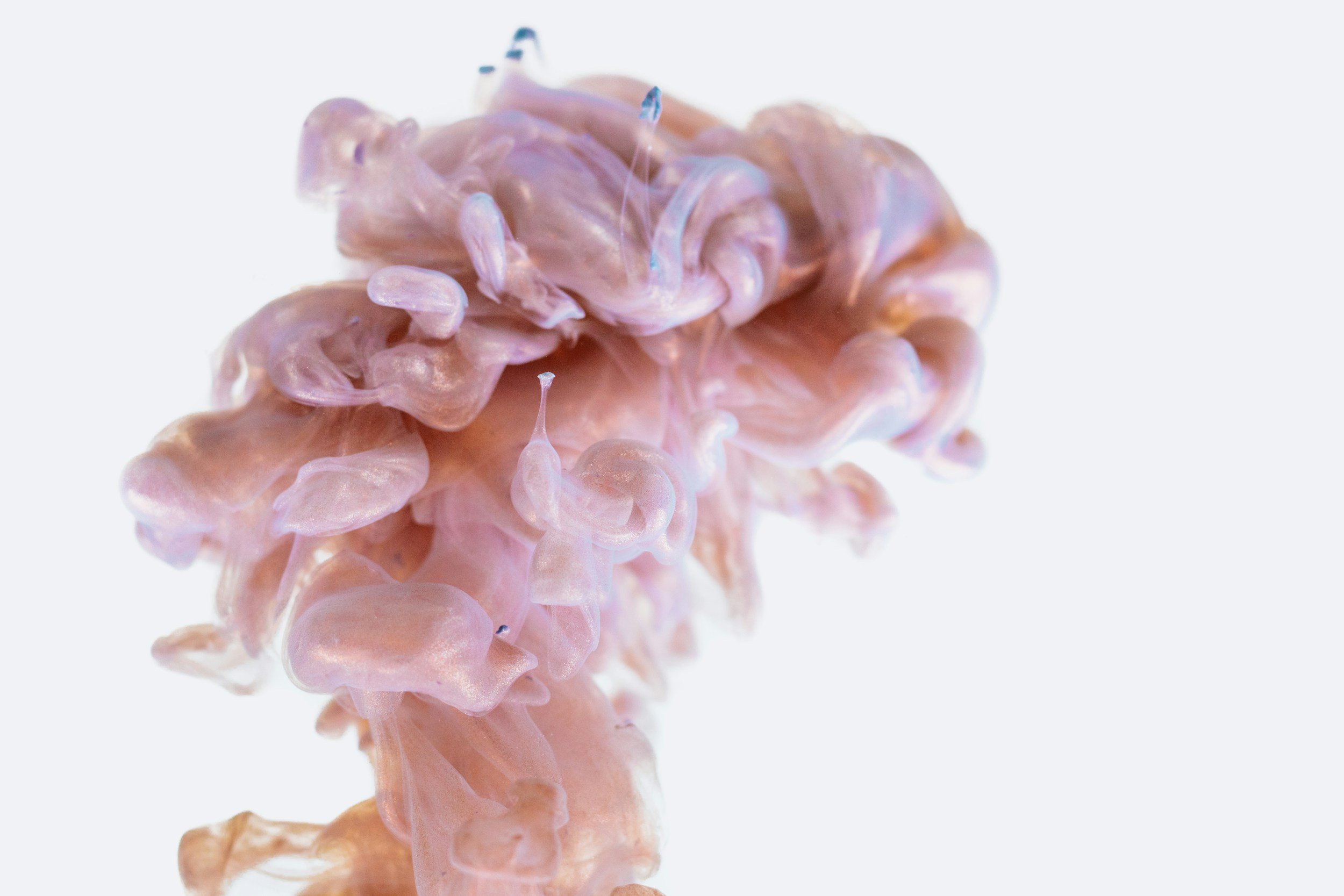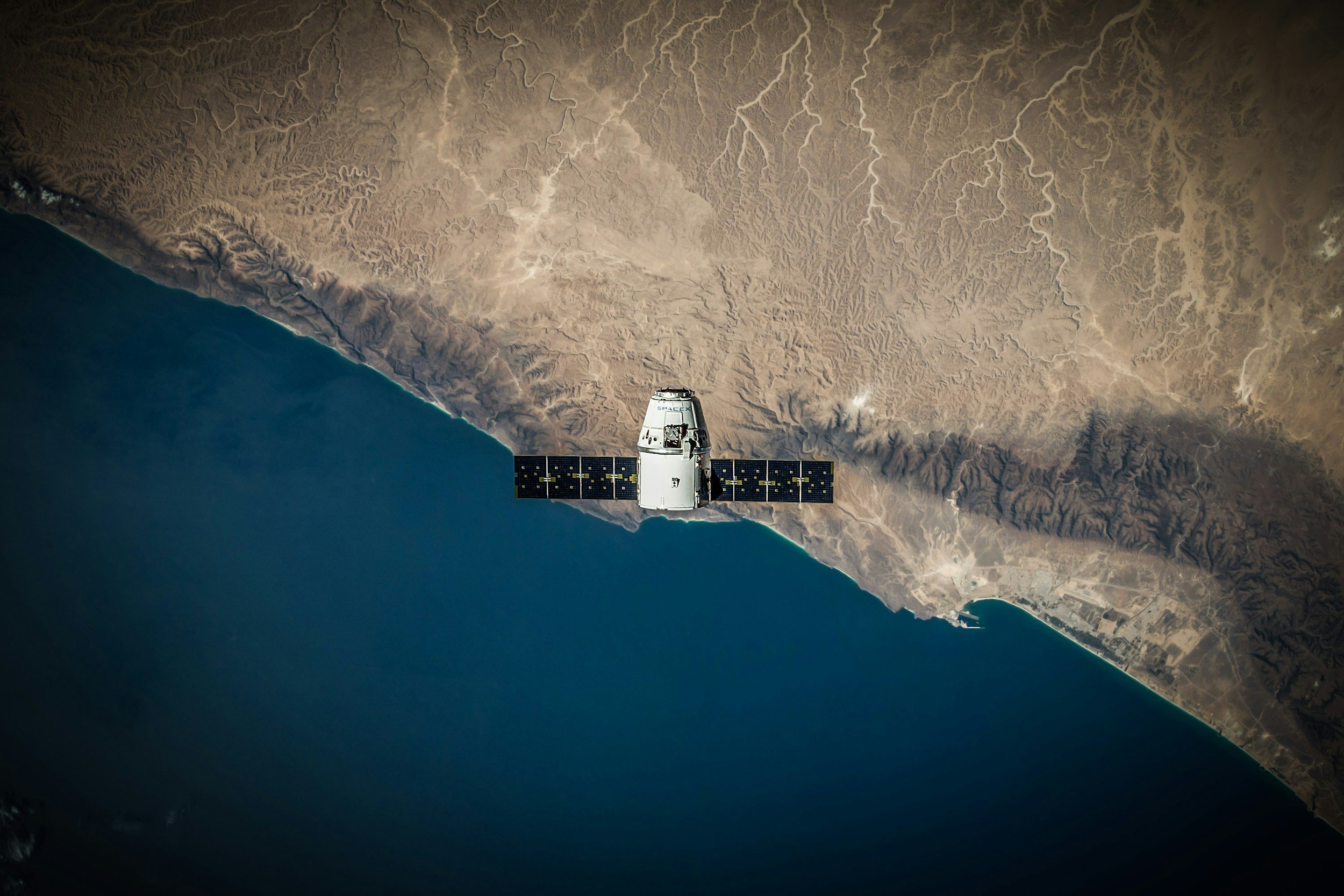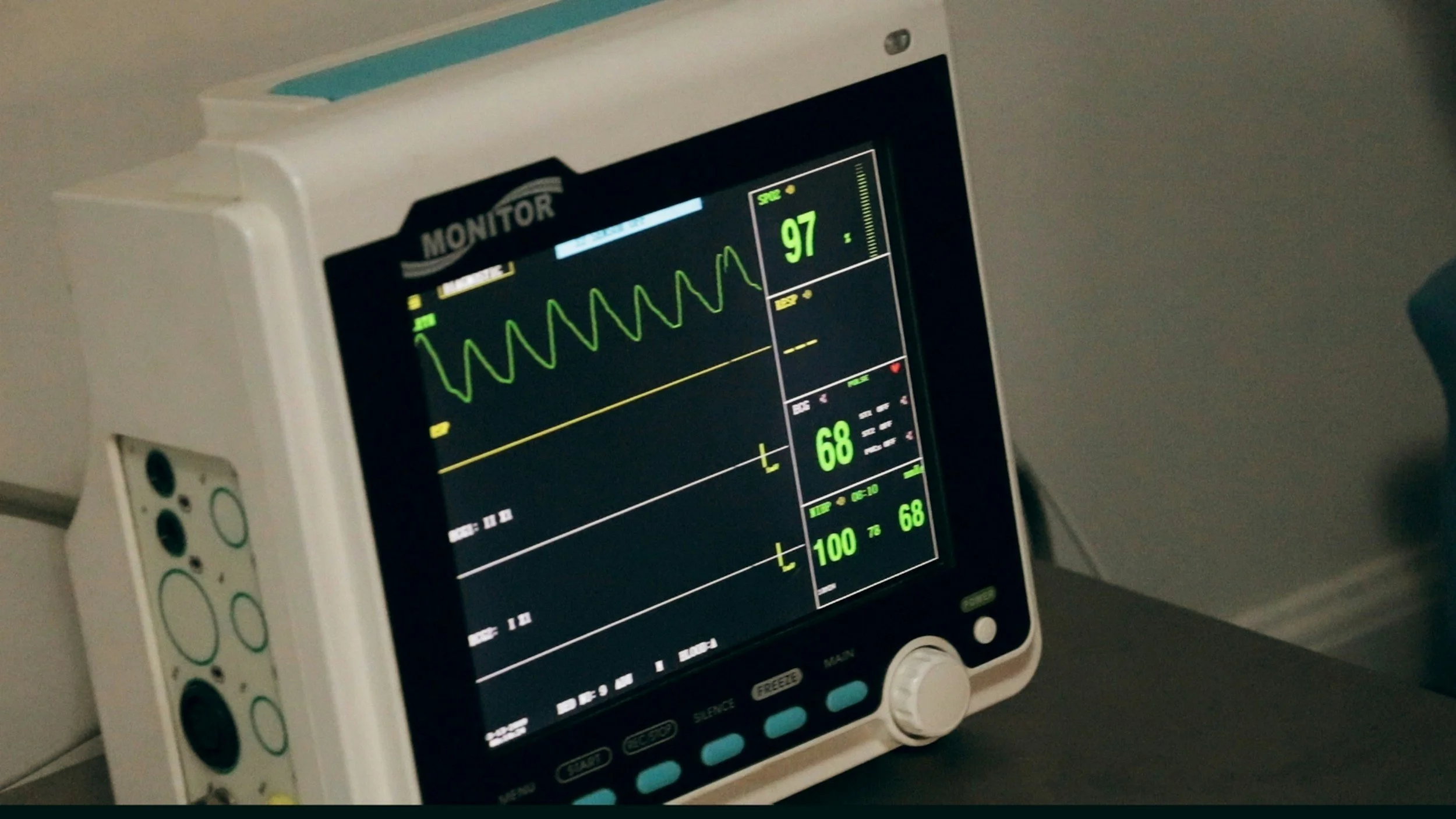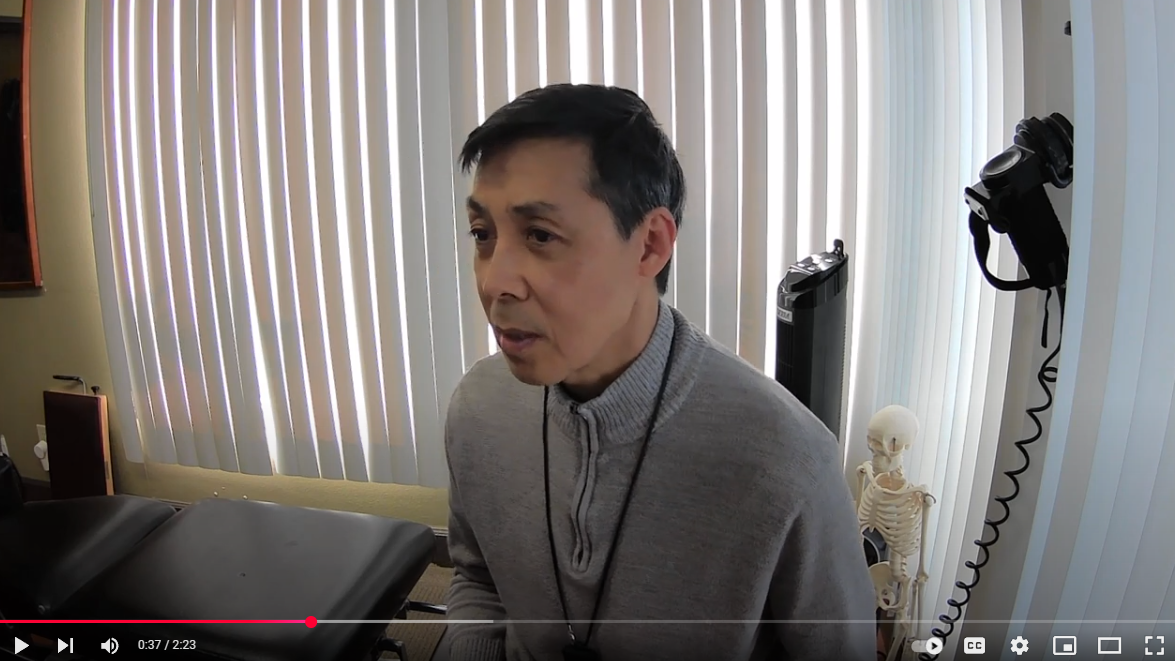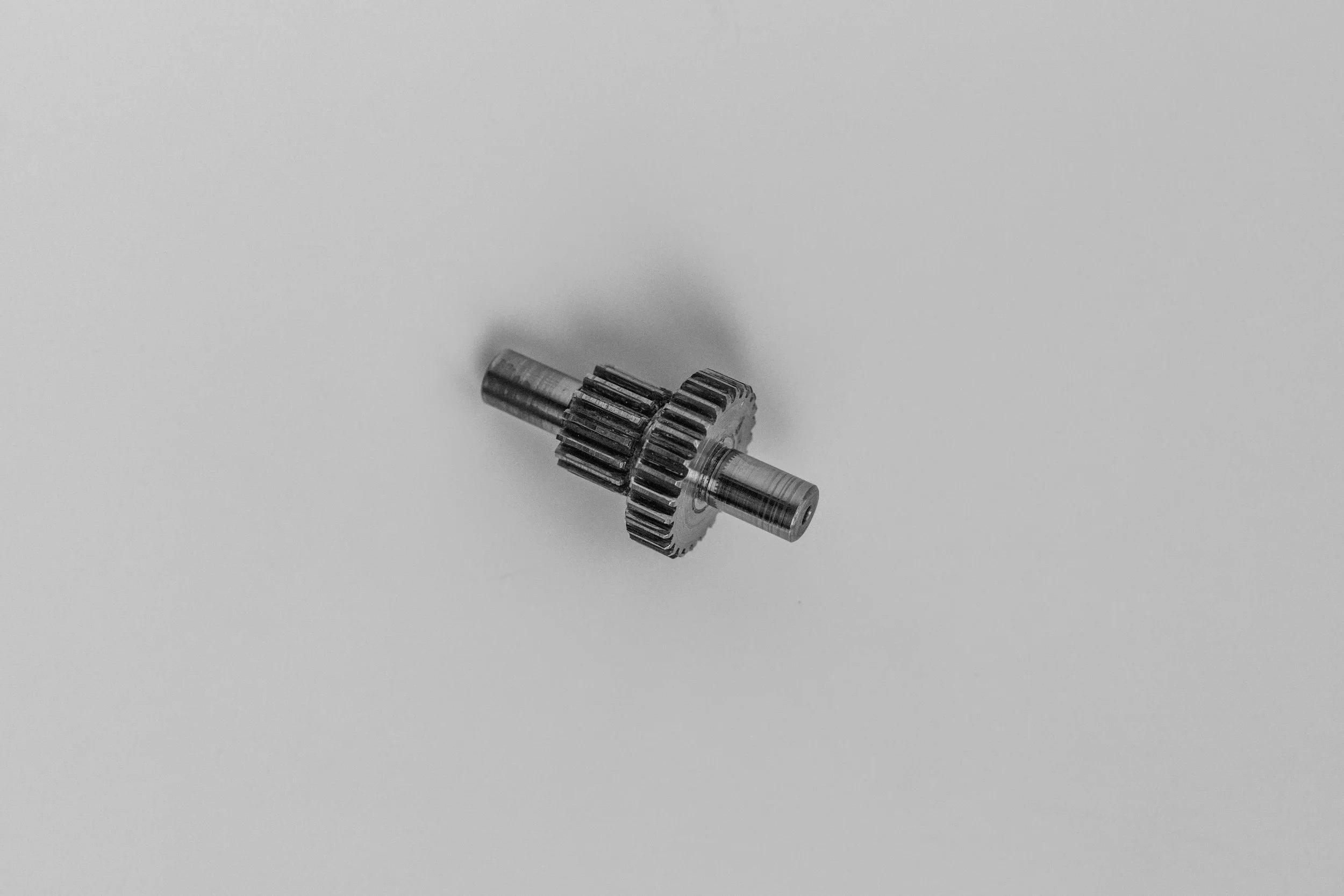Life After Gallbladder Removal: Alternative Strategies for Digestive Support
/Introduction
If you've had your gallbladder removed (a cholecystectomy), you're not alone—over 600,000 Americans undergo this surgery each year. While it often resolves acute pain or gallstones, many patients are left wondering: What now?
The gallbladder plays a critical role in fat digestion and detoxification. Without it, bile trickles directly from the liver into the intestine, often at suboptimal times. This can lead to digestive discomfort, nutrient deficiencies, and even long-term gut dysfunction.
Thankfully, there are effective natural strategies to support your digestion and overall health after gallbladder removal.
Common Post-Cholecystectomy Symptoms
You may experience:
Bloating or indigestion after fatty meals
Loose stools or urgency
Fat-soluble vitamin deficiencies (A, D, E, K)
Nausea or reflux
Fatigue (due to poor detoxification or malabsorption)
Step 1: Run Functional Lab Tests
Step 2: Restore Digestive Function
1. Support Bile Flow Naturally
Without the gallbladder, bile flow is often weak or poorly timed.
Key Supplements:
Ox bile (bovine-derived)
Digestive bitters (gentian, dandelion)
Phosphatidylcholine
Taurine
Top Brands: Designs for Health & Biotics
2. Enhance Fat Digestion
Pair ox bile with lipase enzymes to improve fat breakdown and absorption.
Digestive Enzymes to Consider:
Pancreatin (lipase, amylase, protease)
Lipase blend
HCl (hydrochloric acid), if tolerated
3. Replenish Fat-Soluble Nutrients
Use emulsified or micellized forms of:
Vitamin A
Vitamin D
Vitamin E
Vitamin K
Bonus Tip: Take these with meals and ox bile for best absorption.
Step 3: Rebuild Gut Integrity
Gallbladder removal may alter your gut microbiome and intestinal lining.
Key Interventions:
Probiotics
L-glutamine
Butyrate
Slippery elm & aloe vera
Step 4: Address Diet & Lifestyle
Eat Small, Frequent Meals
Large fatty meals can overwhelm bile capacity. Aim for:
Moderate fats from clean sources (S.M.A.S.H. fish, avocado, coconut oil)
Adequate fiber to bind excess bile acids (chia, flax, steamed veggies)
Avoid hydrogenated oils, fried food, and processed fat
Avoid Seed oils like Canola, Sunflower, Safflower, etc
Consider Intermittent Fasting Carefully
Post-surgery patients may struggle with fasting due to disrupted bile flow. Start slow, and always eat nutrient-dense foods when breaking your fast.
Step 5: Understand the Link Between Gallbladder Removal and Pancreatic Stress
While the gallbladder and pancreas are distinct organs, they work as a team in fat digestion. When the gallbladder is removed, this delicate balance can be disrupted—leading to increased stress on the pancreas.
🧪 What the Research Shows
Increased Pancreatic Enzyme Load: A study in the World Journal of Gastroenterology (2014) found that post-cholecystectomy patients exhibit increased pancreatic secretory activity, especially after fatty meals, as the pancreas compensates for the lack of controlled bile release.
Higher Incidence of Pancreatitis: A Journal of Hepato-Biliary-Pancreatic Sciences review noted a higher risk of post-operative pancreatitis in some patients, particularly if there's biliary sludge or microlithiasis that continues post-removal.
Pancreatic Enzyme Insufficiency: Chronic symptoms such as bloating, fatty stools, and malabsorption in cholecystectomy patients may point to secondary exocrine pancreatic insufficiency.
👨⚕️ Clinical Implications
If the pancreas is overworked, it may eventually produce insufficient digestive enzymes, leading to:
Poor fat and protein breakdown
Nutrient malabsorption (e.g., B12, fat-soluble vitamins)
Increased risk of intestinal inflammation or SIBO
🧰 Functional Support for the Pancreas
Pancreatic enzyme replacement (lipase, amylase, protease)
Nutrient cofactors: zinc, magnesium, vitamin C
Herbal support: milk thistle, dandelion, artichoke
Anti-inflammatory diet: avoid processed foods and oxidized fats
Final Thoughts
Gallbladder removal may be behind you, but proactive care is essential moving forward. With targeted testing, nutritional support, and digestive strategies, you can thrive without a gallbladder.
Take action now—test, support, and restore your digestive health. You deserve to feel good in your body again.
📢 Need Help Navigating Post-Gallbladder Health?
Schedule a consultation to receive your personalized post-cholecystectomy wellness plan.
📞









